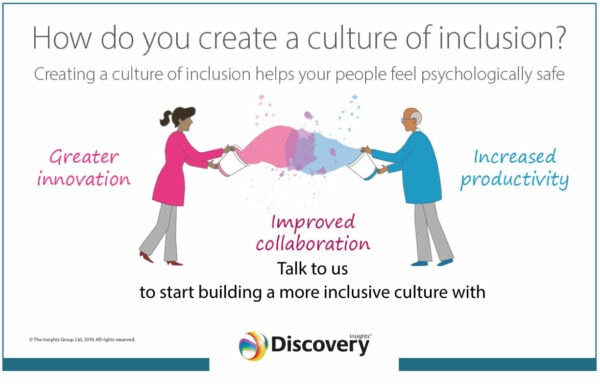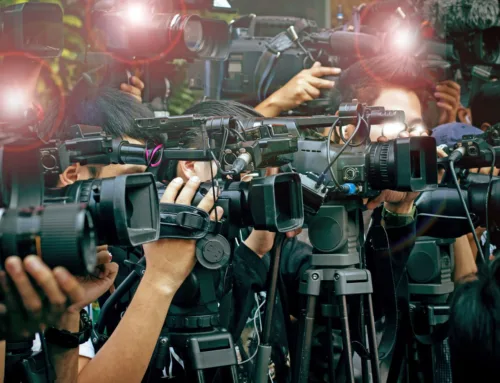The assumption “man is man and woman is woman” is based on the principle that there are only two genders, no more and no less. Women have female sex hormones that give them a feminine body and encourage typically feminine behavior. Conversely, men’s sex hormones usher in a masculine body and encourage typically masculine behavior. But this assumption is wrong. In some cases, gender is not clear. How can this be explained?
Genetic gender…
The process of gender formation begins at fertilization with the transfer of genes from the parents. Similar to a computer program, The DNA[1] provides (almost) each of our billions of cells with the code for the construction of proteins that the body needs for its development and survival. We all inherited a strand of 23 chromosomes [2] from our parents, i.e., 23 chromosomes from the mother and 23 from the father. The connected strands look like two twisted wires (see DNA picture) and differ only in the 23rd pair (the sex chromosomes).  There, women have an XX while men have an XY pair of chromosomes. When the egg cell is fertilized, the combination of the parents’ genes decides whether a (genetically) male embryo or a female embryo is produced. An egg fertilized with an X sperm cell results in a “genetically” female embryo. If the egg cell is fertilized by a Y cell, the result is a (genetically) male embryo with XY sex chromosomes. But beware! This phase is all about the transfer of genetic information. Nothing else has yet been decided in relation to the later gender. The internal genital ducts (precursors of the sex organs) look exactly the same in women and men – at least up to the 6th week after fertilization.
There, women have an XX while men have an XY pair of chromosomes. When the egg cell is fertilized, the combination of the parents’ genes decides whether a (genetically) male embryo or a female embryo is produced. An egg fertilized with an X sperm cell results in a “genetically” female embryo. If the egg cell is fertilized by a Y cell, the result is a (genetically) male embryo with XY sex chromosomes. But beware! This phase is all about the transfer of genetic information. Nothing else has yet been decided in relation to the later gender. The internal genital ducts (precursors of the sex organs) look exactly the same in women and men – at least up to the 6th week after fertilization.
…versus biological gender
If the embryo is genetically female (XX chromosomes), and nothing special happens, a female baby will be born. However, if we are dealing with an XY chromosome pair, a lot still has to happen so that the embryo, which is defined as (genetically) male, has the appropriate genitalia. To put it simply, an important hormone [3], testosterone, must be produced from the 7th week after fertilization, which promotes the formation of male genitalia and at the same time inhibits the formation of female genitalia. However, hormones must be able to bind to the appropriate receptors (hormone-receiving cells) to be able to fulfill their tasks. For unknown reasons, these receptors sometimes don’t work. The hormones cannot bind to the receptors. We are then dealing with a so-called androgen-resistant person. Consequently, the process now runs backwards. The male genitals are inhibited, and the development of female genitals is encouraged. A baby is born with a female body and male DNA.
There are no physical changes until puberty. Under the influence of other hormones, hips expand, and female breasts develop. The body takes on feminine forms. The person is not quite a woman, however, since androgen-resistant people cannot father children.
The need to fight prejudice
The man-is-man-and-woman-is-woman principle does not exist in the strict sense in nature. Human bodies sometimes develop as a mixture of woman and man, which presents the affected persons with an almost insoluble problem. In addition to the ambivalent development of the body, the question arises as to which gender such people feel they belong to. Do you feel like a woman or a man? The fact that our perception plays a decisive role in such cases is shown by the story of David Reimer, a man who lost his penis as a child and was consequently rebuilt as a woman. This video tells the incredible story of David Reimer.
Depending on that, androgen resistant people are obviously attracted to one side or the other. Nevertheless, the decision to transform their body is a tough challence. Those affected are likely to hope for a better life after surgery, but the road is full of uncertainty and may end in despair. These people need support, especially in the workplace. Systematic education about this topic in companies can help to break down stereotypes and prejudice. Employers and especially their HR departments can make a significant contribution in providing with a supportive environment.
For readers who want to know it more scientifically
The fusion of gametes during fertilization creates a zygote [4]. After this, the zygote divides and forms the embryo. 6 weeks after fertilization, both males and females still have two complete pairs of genital tracts. Both have Wolffian ducts, which develop into the male genitalia, and Müllerian ducts, which can develop into the female genitalia. In an XX-embryo, female reproductive organs develop from the 3rd month of pregnancy. In an XY embryo, on the other hand, a specific gene is activated at week 7, which produces a protein called TDF (testis determining factor). The TDF protein turns the gonads [5] into testicles, which now begin to produce two types of hormones themselves. The first is the anti-Müllerian hormone. Its role is to dissolve all predispositions for internal female organs. The second hormone is one of the androgens, with testosterone being the most important. The anti-Müllerian hormone dissolves the Müllerian duct, the androgens can now exert their masculinizing effect and initiate the formation of the testicles and the other male sex organs.
If the embryo is androgen-resistant, the male sex organs partially dissolve again. Female organs develop instead. Later in puberty, when the testicles (they have not completely dissolved) are producing large amounts of testosterone, some of this hormone is converted as estradiol. Estradiol initiates hip proliferation and the development of female breasts. The genetically defined male lives in a female body that cannot father children.
[1] DNA is the carrier of genetic information. A gene is a section of DNA that (often in combination with other genes) controls certain physical or psychological traits in people.
[2] Chromosomes are the structures that contain your genes and are found inside every cell
[3] Hormones: A chemical substance produced by a group of cells or a gland that has a specific effect on the function of an organ.
[4] Zygote: The zygote is the cell that is formed after the sperm and egg cell unite. It initiates the formation of our organism. After a few weeks, it grows into an embryo.
[5] Gonads: The gonads are the organs of the human body in which the gametes for reproduction and the sex hormones are produced. They develop into the testicles in men and the uterus in women
Author: Noureddine Yous, Intermedio






